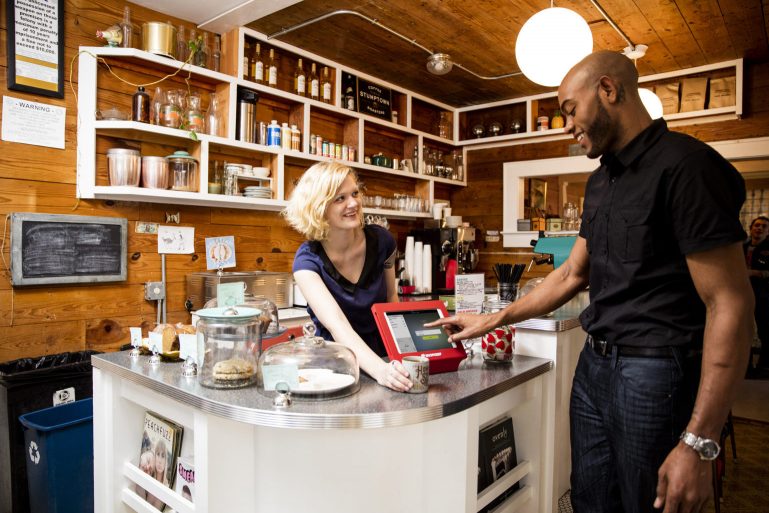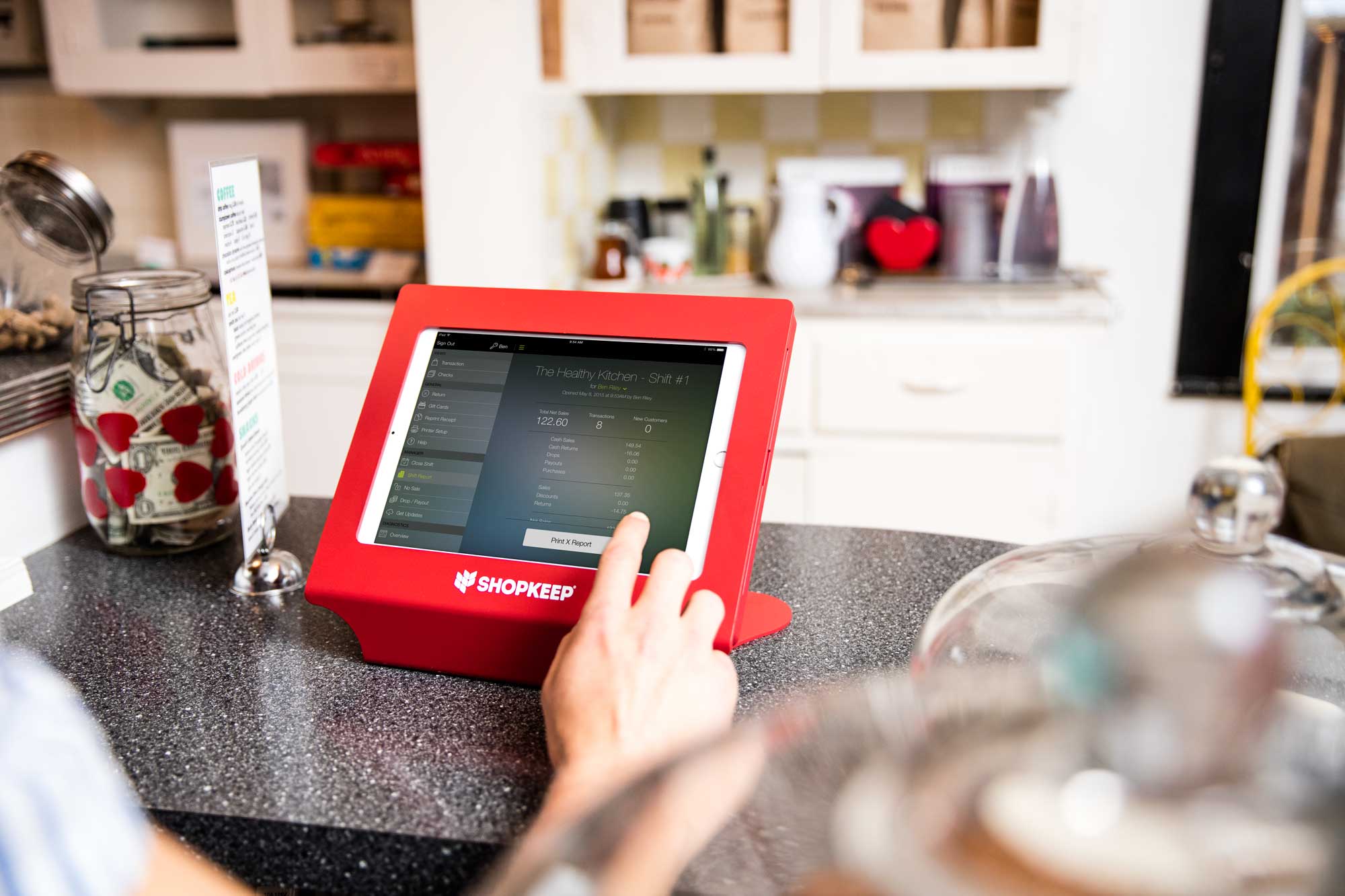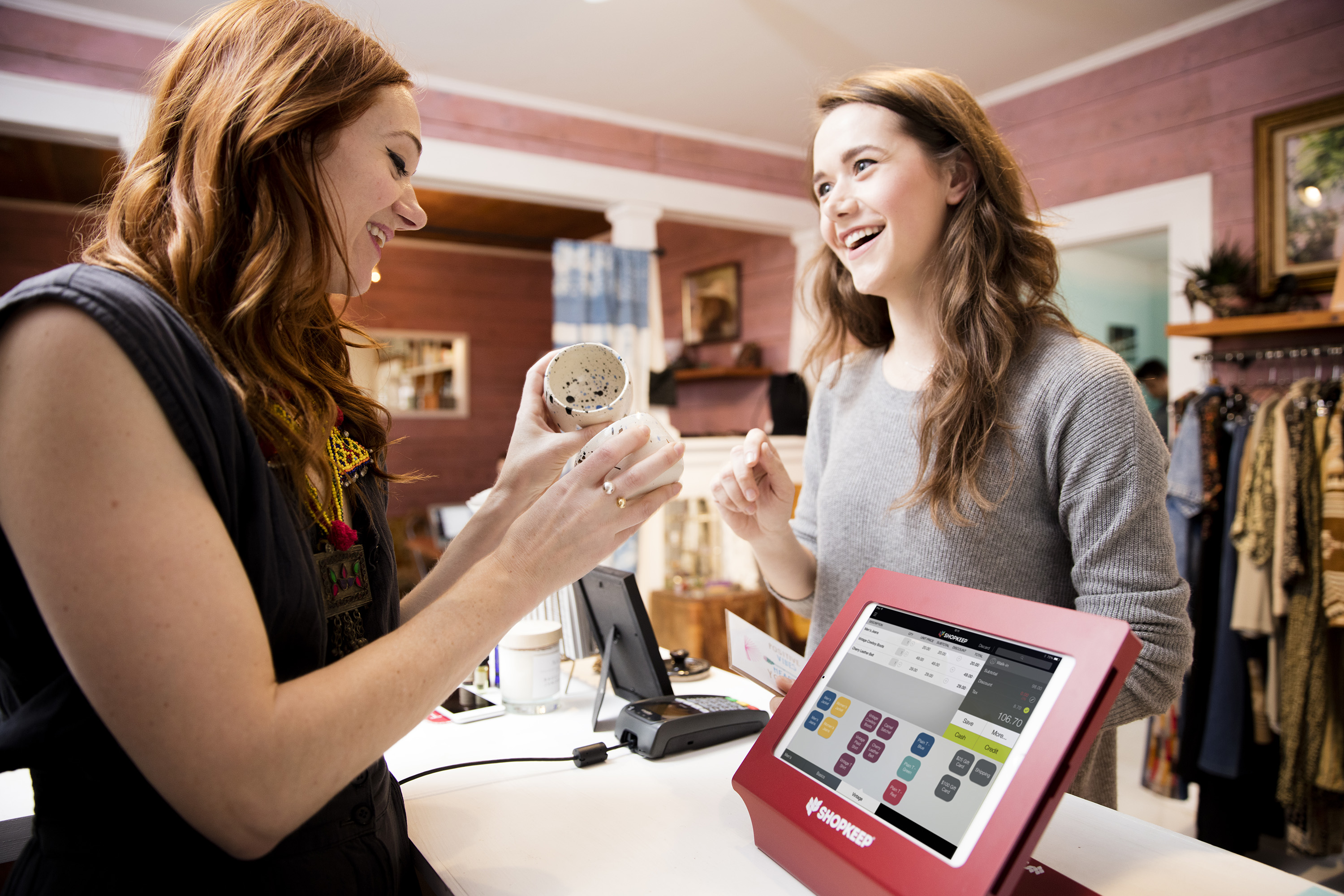
6 Ways Retail Business POS Software Can Simplify Your Life
So you received your POS package for your retail business, set up all the hardware, and loaded that POS software. Now, what? The nice thing is that you can start using your POS system for transactions immediately.
Beyond your initial transactions, however, what do you want your retail business POS software to be doing for you throughout the day? To make your life easier, here are a few things to consider implementing.
1. Sales Data & History
Are you a numbers fan? Your POS software can track all of your sales data and allow you to review sales history as well. With this information, you will not only have the ability to see what items are consistently popular in your retail business, but you will also know what time of year that sales peak is for certain goods. Maybe you have several products that are hot ticket items all the time, but others are only flying off the shelves during a certain season. Having this wealth of information will help you to see how many of each product you sell on average each month and will help make inventory planning much easier.
2. Inventory
Inventory can be one of the biggest headaches for a retail business owner and often the most time consuming, but if you utilize the capabilities of your POS software you should dramatically reduce the time it takes you to complete inventory. Instead of conducting inventory manually, you can invest in a portable scanner that is compatible with your POS system and it will help you streamline your process. By letting the software help you, you don’t have to be constantly worried about inventory — you can pull up the current levels at any time on your POS system.

3. Re-Order Alerts
Now that you have your sales data and inventory levels tracked and set, you can take it a step further and actually program re-order alerts using your POS software to make sure you never again forget to re-order a popular item. Gone are the days of going to the back only to discover that you are out of a specific product. Your POS system can keep track for you and gently nudge you to restock before you run out!
A secondary advantage is that your POS software can keep track of how much items cost you each time you re-order. Over time, this will give you negotiating leverage with your suppliers. Instead of having to keep a list to refer to each time you order new supplies, you can just pull up the relevant data on your POS system with the click of a button and have every bit of information you need when discussing orders with suppliers. This helps you to ensure you receive a fair price for your items each and every time.
SEE ALSO: How to Reduce Inventory Costs by Keeping Your Inventory Count High
4. Pricing
There are a lot of strategies to pricing products, but how do you know which method is best for you? Well, with that same portable scanner you use for inventory, you can also use it to track the pricing of your products with your POS software. This gives you the ability to see the pricing histories of each product and helps you to find the sweet spot. This allows you to conduct pricing tests and track their successes and failures.If you have multiple stores, you can test different prices based on store location. The advantage of using your POS system is that it tracks all of the data for you and you don’t have to worry about complicated Excel spreadsheets. All of your data is tied together in one easy-to-read format, allowing you to focus on more important things.

5. Customer History
By using POS software, you can track the purchases of a single customer at your retail business. The best part about this is that you can now personalize their experience. Knowing what they like to purchase can give you a greater chance of upselling them on a related item. You can also use their customer history to help increase their loyalty by offering them discounts on products they frequently purchase when special days such as birthdays are near.
Another option you have in utilizing customer history is creating a rewards program to encourage repeat customers to continue coming back. By letting your POS software track the transactional data, your customers don’t need any kind of physical punch card — just a phone number or email associated with their account and the POS system does the rest.
6. Customer Emails
In addition to tracking your customer’s purchase history, you can use your POS software to help you collect emails at the point of sale. By capturing this data and integrating it with your email marketing program, you’ve got everything you need to start sending out killer marketing campaigns to customers. What better way to keep them coming back for more than sending out a weekly email with updates, promotions, discounts, and more!
With the right retail business POS software at your fingertips, your possibilities are endless. These are just 6 ideas to get you started, but there are so many additional ways you can use it to simplify your life by taking a little bit of extra time, in the beginning, to set it all up. Use your POS software to automate as many processes as possible and you will thank yourself later.
Want to try ShopKeep for yourself?
Just answer a few easy questions.
Need help finding the right point of sale?
Just complete the form. We’ll call you right back to explain how ShopKeep can work for you.
Hit the ground running.Sprinting, in fact!
Read our free, comprehensive guide, Small Business 101, to learn all you need to know about starting a thriving business.

